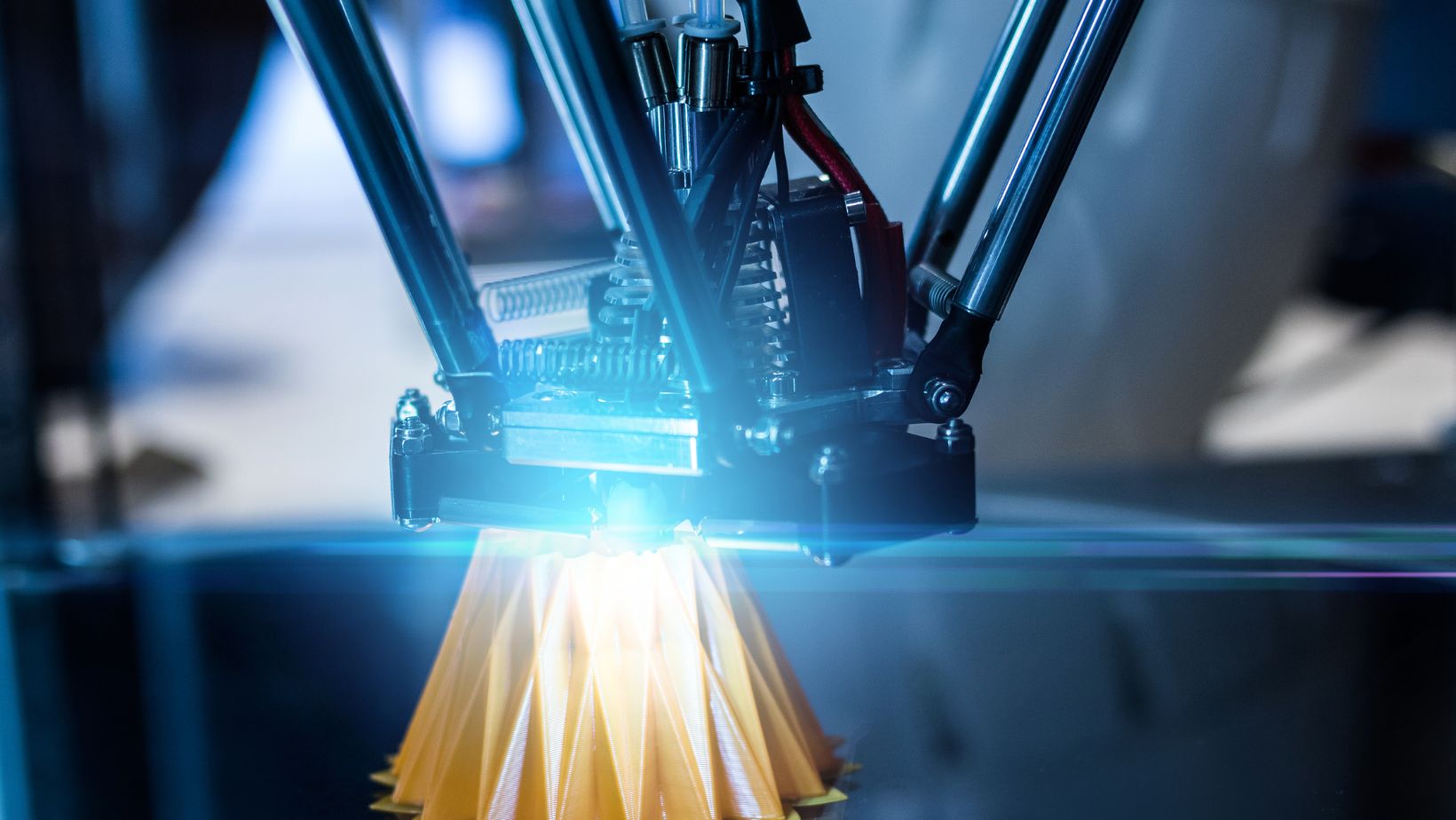Revolutionizing Tech: 3D Printed Gadgets
3D Printed Gadgets
In the world of 3D printing, objects are created by depositing materials layer by layer based on a digital design. This additive manufacturing process enables the production of complex shapes that may be challenging or impossible to achieve through traditional manufacturing methods.
Key Features of 3D Printing Technology:
- Versatility: 3D printers can use various materials like plastics, metals, ceramics, and even food ingredients.
- Precision: Allows for intricate details and precise measurements in the final product.
- Cost-Effective: Reduces material waste compared to subtractive manufacturing techniques.
- Customization: Enables the creation of unique, personalized gadgets tailored to specific needs.
- Speed: Rapid prototyping and production turnaround times compared to conventional methods.
How 3D Printing Works:
- Design Creation: Utilize CAD software to develop a digital model of the gadget.
- Slicing: The software divides the model into thin horizontal layers to guide the printer.
- Printing: The 3D printer reads the sliced model and adds material layer by layer, following the design.
- Finishing: Post-processing steps like sanding, painting, or assembly may be required to refine the final product.
- Prototyping: Testing and iterating gadget designs quickly and cost-effectively.
- Customization: Designing personalized phone cases, headphones, or accessories.
- Replacement Parts: Producing obsolete or hard-to-find components for gadgets.
- Innovative Designs: Pushing boundaries with geometrically complex and visually striking gadgets.
Understanding the fundamentals of 3D printing technology unveils a realm of possibilities for creating unique and functional gadgets. The next section delves into the advantages and challenges of embracing this revolutionary tech.

Advantages of 3D Printed Gadgets
- Versatility: 3D printing allows for the creation of gadgets using a wide range of materials such as plastics, metals, and even ceramics.
- Customization: Gadgets can be personalized to fit individual preferences and specifications, catering to unique needs and styles.
- Rapid Prototyping: Manufacturers can quickly test new designs and concepts, speeding up the product development cycle.
- Cost-Effectiveness: Producing gadgets through 3D printing can be more economical, especially for low-volume or custom projects.
- Complex Designs: Intricate and complex designs that may be challenging or costly to produce using traditional manufacturing methods can be easily achieved with 3D printing.
3D Printed Gadgets offer a myriad of benefits that make them increasingly popular in various industries. The ability to customize gadgets according to specific requirements provides a level of personalization that traditional manufacturing methods struggle to match. This customization extends to the functionality of gadgets, allowing for tailored solutions to unique problems.

Popular 3D Printed Gadgets in the Market
- Customized phone cases, smartphone stands, and laptop stands are trendy 3D Printed Gadgets that offer a blend of style and functionality.
- Wearable accessories like smartwatch bands, fitness trackers, and earrings are gaining popularity for their unique designs and personalized fit.
- Home decor items such as plant pots, vases, and candle holders bring a touch of creativity to living spaces, showcasing the versatility of 3D printing.
- Miniature models and figurines, including action figures and architectural replicas, cater to hobbyists and collectors looking for custom-designed pieces.
- Kitchen tools like utensil holders, spice racks, and cookie cutters provide practical solutions with a touch of innovation in culinary spaces.
By continuously exploring new design possibilities and material capabilities, the market for 3D Printed Gadgets continues to expand, offering consumers a wide range of personalized and functional products to choose from.
Customizing Your Own 3D Printed Gadgets
When it comes to customizing 3D Printed Gadgets, the possibilities are virtually endless. Designers and consumers alike can tailor their gadgets to suit their unique preferences.
Here are some ways individuals can personalize their 3D Printed Gadgets:
- Choose the Design: Select from a wide range of pre-designed templates or create a completely unique design from scratch.
- Color Customization: Experiment with various colors and finishes to match the gadget to one’s personal style.
- Add Personal Touches: Incorporate initials, names, or meaningful symbols to make the gadget truly one-of-a-kind.
- Functionality Modifications: Modify existing designs to better suit specific functional requirements.
3D Printed Gadgets are revolutionizing industries across the board. From customizable medical implants to smart clothing with embedded sensors, the possibilities are endless. With the integration of AI, biodegradable materials, and nanotechnology, the future of 3D printing is bright. The ability to create living tissues and organs through this technology opens up new avenues for medical advancements. Additionally, the emergence of 4D printing technology adds another dimension to the capabilities of 3D printing. As innovation continues to push boundaries, we can expect even more exciting developments in the world of 3D Printed Gadgets.




